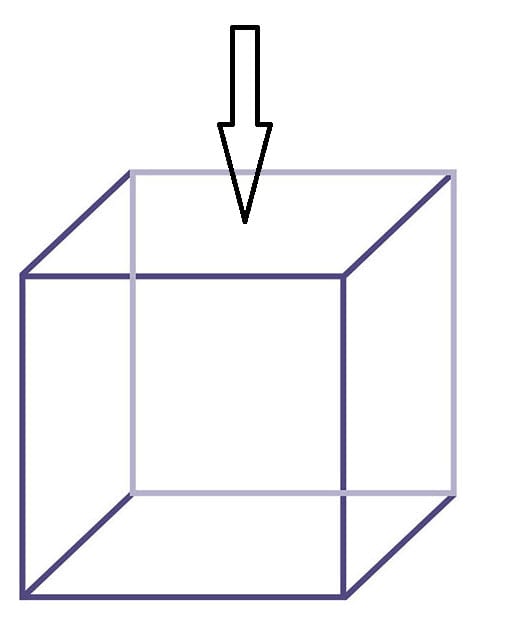bojoka4052
Mechanical
My FEA software gives me the option of looking at top, membrane, bottom and max von mises stress. If I have for example a cube, and load applied in the middle at the top, and I want to find the highest point of stress in the plates below (not top plate), which von mises stress should I look at?


